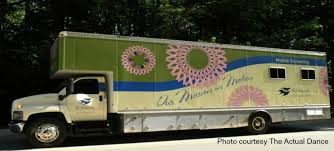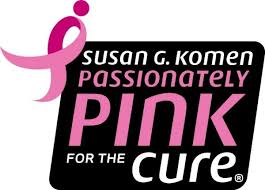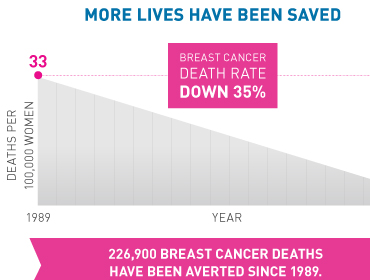In recent years, there’s been an explosion of life-saving treatment advances against breast cancer, bringing new hope and excitement. Instead of only one or two options, today there’s an overwhelming menu of treatment choices that fight the complex mix of cells in each individual cancer. The decisions — surgery, then perhaps radiation, hormonal (anti-estrogen) therapy, and/or chemotherapy — can feel overwhelming.
Breastcancer.org can help you understand your cancer stage and appropriate options, so you and your doctors can arrive at the best treatment plan for YOU.
In the following pages of the Treatment and Side Effects section, you can learn about:
- Planning Your Treatment
- What types of treatment are available, the most likely sequence of treatments, treatment options by cancer stage, and fitting treatment into your schedule.
- Getting a Second Opinion
- Reasons for getting a second opinion about your treatment plan, how to go about getting one, and what to do once you’ve got it.
- Surgery
- Breast-conserving surgery (lumpectomy), mastectomy, and lymph node dissection, and what to expect from each. Also included: Prophylactic surgery and breast reconstruction.
- Chemotherapy
- How chemotherapy works, who should get it, different types and combinations, and side effects and how to manage them.
- Radiation Therapy
- How radiation therapy works, who it’s for, advantages, side effects, and what to expect when you get it.
- Hormonal Therapy
- The link between hormones and breast cancer and how different groups of drugs — including ERDs, SERMs, and aromatase inhibitors — can affect that link. Also covered: Side effects of hormonal therapies.
- Targeted Therapies
- How they work, who should get them, how they’re given, side effects, and major studies.
- Complementary & Holistic Medicine
- How complementary medicine techniques such as acupuncture, meditation, and yoga could be a helpful addition to your regular medical treatment. Includes research on complementary techniques and ways to find qualified practitioners.
- Drugs for Treatment and Risk Reduction
- A reference list of drugs used to treat and reduce the risk of breast cancer, including how they work, to whom they are typically given, and side effects.
- Treatments for Pain
- Ways to treat cancer- and treatment-related pain, including types of medications and tips on talking to your doctors about pain.
- Treatment Side Effects
- A reference list of side effects and ways to manage them.
- Lymphedema
- All about lymphedema, including who is at risk, what to watch out for, how to reduce risk of lymphedema flare-ups, and how to find a lymphedema therapist





